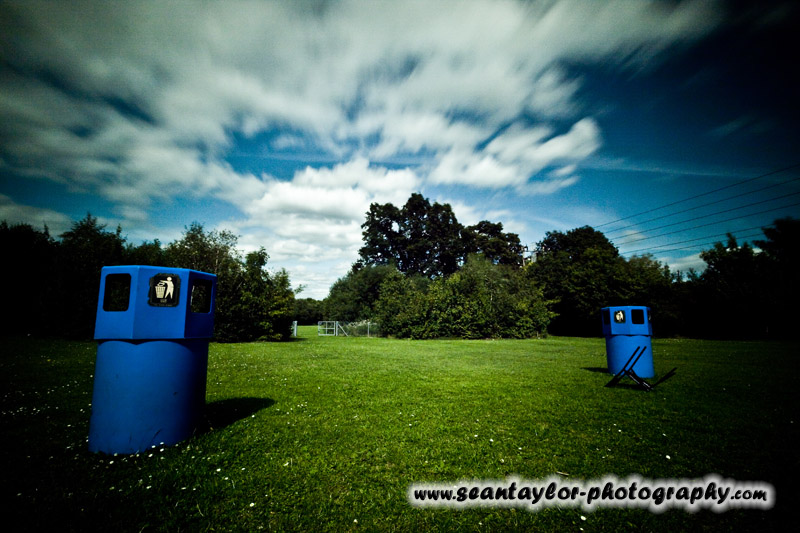- Messages
- 6,253
- Name
- Sean
- Edit My Images
- Yes
Here's the first image:

Exif:
f/18 | 20 seconds | ISO100 | 10mm
Here are the other 2, and a weird thing is happening...

Exif:
f/22 | 160 seconds | ISO100 | 10mm

Exif:
f/18 | 160 seconds | ISO100 | 10mm
Notice on the last 2 the slight change in colour? I'm pretty sure it's not my camera but I will check.
Started happening with my '10 stop welding glass filter'

Exif:
f/18 | 20 seconds | ISO100 | 10mm
Here are the other 2, and a weird thing is happening...

Exif:
f/22 | 160 seconds | ISO100 | 10mm

Exif:
f/18 | 160 seconds | ISO100 | 10mm
Notice on the last 2 the slight change in colour? I'm pretty sure it's not my camera but I will check.
Started happening with my '10 stop welding glass filter'


